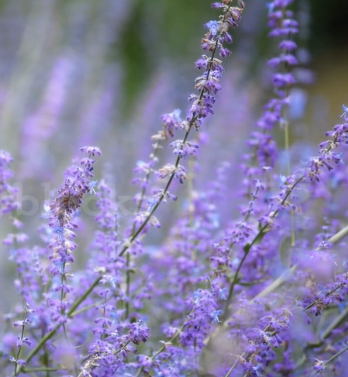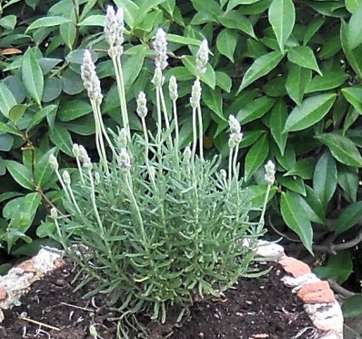Lavandula angustifolia flower water is the oil obtained from the flowers of the aromatic perennial shrub Lavandula angustifolia Mill. the narrow-leaved lavender belonging to the Lamiaceae family. There are around forty varieties of the genus Lavandula, but only four varieties can provide a quality oil. Extraction is by steam distillation using the upper part of the plant, the part with the flowers.

Industrially it appears as a yellowish oily liquid

What it is used for and where
Medical
Lavender flowers and leaves are used in the form of extracts in phytotherapy to relieve anxiety, insomnia, and depression, while lavender's anti-inflammatory activity is due to its significant content of polyphenols, flavonoids, and oxygenated monoterpenes such as linalool (1).
This study considers that, in light of literature reports as an effective medical plant in the treatment of inflammation, depression and stress, due to its sedative and anxiolytic action, thrombotic and antimicrobial properties, the results demonstrate DNA protective activity (2).
Cosmetics
Lavender extract and oil are commonly used in detergents, industrial and domestic cleaning products, and in hygiene due to the presence of higher levels of camphor. Although lavender essential oil is more widely used in cosmetics, the flower extract has very similar characteristics and is useful as a preservative, antibacterial and skin regenerator. Antibacterial substances of natural origin help control the growth of microorganisms in the skin microbiota and accelerate the development and regeneration of skin cells (3).
Fragrance. It plays a very important role in the formulation of cosmetic products as it allows perfume to be enhanced, masked or added to the final product, improving its commercial viability. The consumer always expects to find a pleasant scent in a cosmetic product.
Tonic. This product is used to treat the hair when the scalp is clean or after shampooing. It stimulates hair growth, revitalises the scalp for healthy hair growth and reduces hair loss.
CAS 8000-28-0 / 90063-37-9
EC number 289-995-2

Other uses
Used as a tea to aid sleep
For more information:
Lavandula angustifolia studies
Typical commercial product characteristics Dried Lavender Flower
| Appearance | Yellowish oily liquid
|
| Loss on drying | <5.0% |
| Residue on Ignition | <5.0% |
Heavy metals
| <10.0ppm |
| As | <2.0ppm |
| Pb | <2.0ppm |
| Hg | 0.1ppm |
Total plate
| <10,000cfu/g |
Yeast & Mold
| <1000cfu/g |
| Aflatoxins | 0.2ppb |
| Storage | Keep away from strong,direct light. Clean,cool,dry area |
Shelf Life
| 24 months |
References________________________________________________________________________
(1) Hajhashemi V, Ghannadi A, Sharif B. Anti-inflammatory and analgesic properties of the leaf extracts and essential oil of Lavandula angustifolia Mill. J Ethnopharmacol. 2003 Nov;89(1):67-71. doi: 10.1016/s0378-8741(03)00234-4.
(2) Kozics K, Srancikova A, Sedlackova E, Horvathova E, Melusova M, Melus V, Krajcovicova Z, Sramkova M. Antioxidant potential of essential oil from Lavandula angustifolia in in vitro and ex vivo cultured liver cells. Neoplasma. 2017;64(4):485-493. doi: 10.4149/neo_2017_401.
(3) Brud, W., & Konopacka-Brud, I. (1998). Essential oils as active substances in cosmetics. Herb. Messages, 7(8), 8-10.
![]() Lavandula angustifolia oil
Lavandula angustifolia oil 




